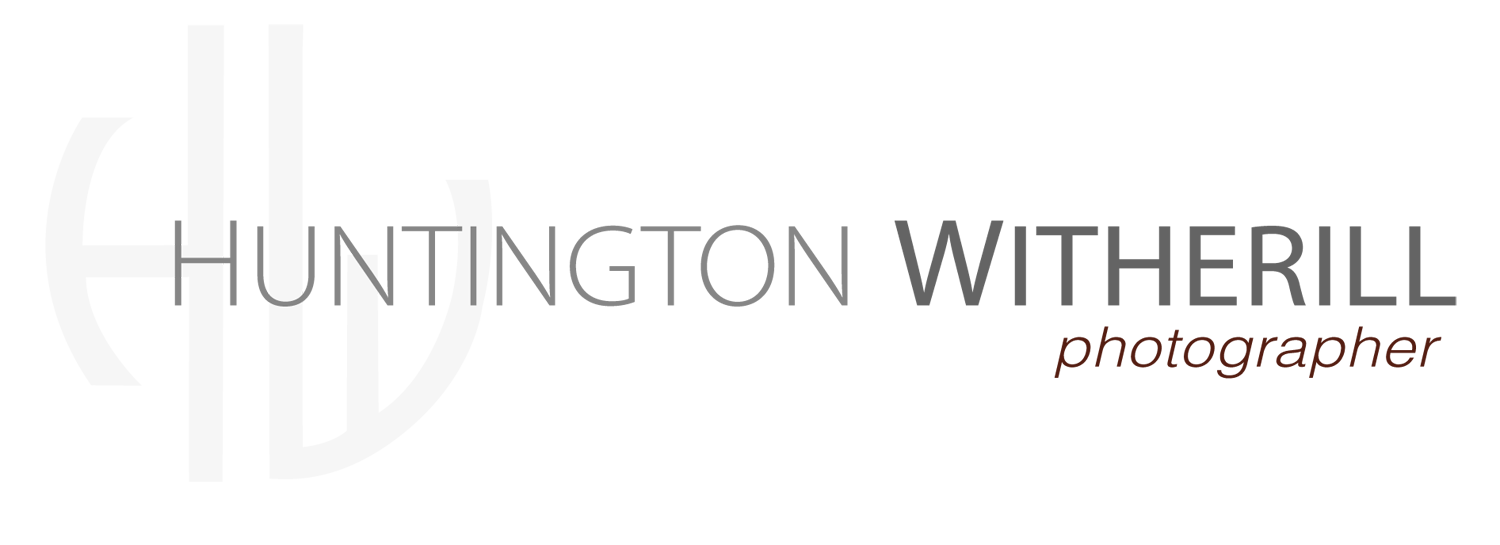Finding Your Own Voice
Recently, I was asked by the ImageMakers to give a presentation and lecture at the Center for Photographic Art on the subject of the “creative process.” Naturally, I accepted the kind invitation and confidently assured my hosts that the task would not present a problem. What in the world was I thinking?
Intellectualizing, organizing, compiling, and then formally presenting any sort of definitive treatise on a subject so fraught with mercurial conceptualization, indistinct formulation, and decidedly individualistic approach – which of course then opens up the possibility for the entire affair to devolve into nothing more than an egocentric dissertation – the overall task proved to be, shall we say... a remarkably challenging proposition.
One of the great things about preparing any public presentation is that one must stop and think (very carefully!) about what one’s thoughts actually are in relation to the subject at hand. This is something that I had never really done with respect to the creative process, itself. Yes, I’ve given a fair amount of thought as to how, and in what ways I tend to work. Yet like most artists (I suspect) I just continue to do my work without much conscious consideration for whatever it is that actually drives the creative process.
I decided to focus my presentation on the potentially thorny issue of finding one’s own photographic voice. Seems that all too often photographers can become stuck in the vortex of emulating the work of others whose photographs they admire. I know that I myself have had to wrestle with these issues, off-and-on, throughout the years. To help soften the blow I illustrated various points I wanted to make using quotes (both famous and not so famous) and cartoons, all in an effort to produce what might best be described as a somewhat lighthearted introduction to the perils of finding your own photographic voice.
I should also mention, here, that I had a great amount of help from David Bayles, Ted Orland, and Al Weber, each of whom has given far more thought and deliberation to the subject of the creative process than I have. Their respective books: Art & Fear and The Next Step allowed me to gain important insights that, otherwise, may not have been realized. Many thanks to David, Ted, and Al.
Developing a unique approach to one’s art can be a life-long challenge, and may well prove to be the penultimate yardstick by which any artist is ultimately judged. By organizing my thoughts into a more formal presentation I learned a great deal about myself and the various ways in which I work, and I also gained useful knowledge that can serve me as I move forward with my own creative process. As an exercise, I highly recommend the process of producing a formal presentation such as this. It forces you to really concentrate upon, and thus truly discover, that which essentially makes you the artist that you are.
Enjoy the Holidays... and by the way, next year I hope to actually produce this newsletter four times during the year. On the other hand if that doesn’t happen, I’ll just re-designate e·Musings as a “tri-annual”, rather than a quarterly. (Seems I know myself all too well!)
Huntington Wiherill

